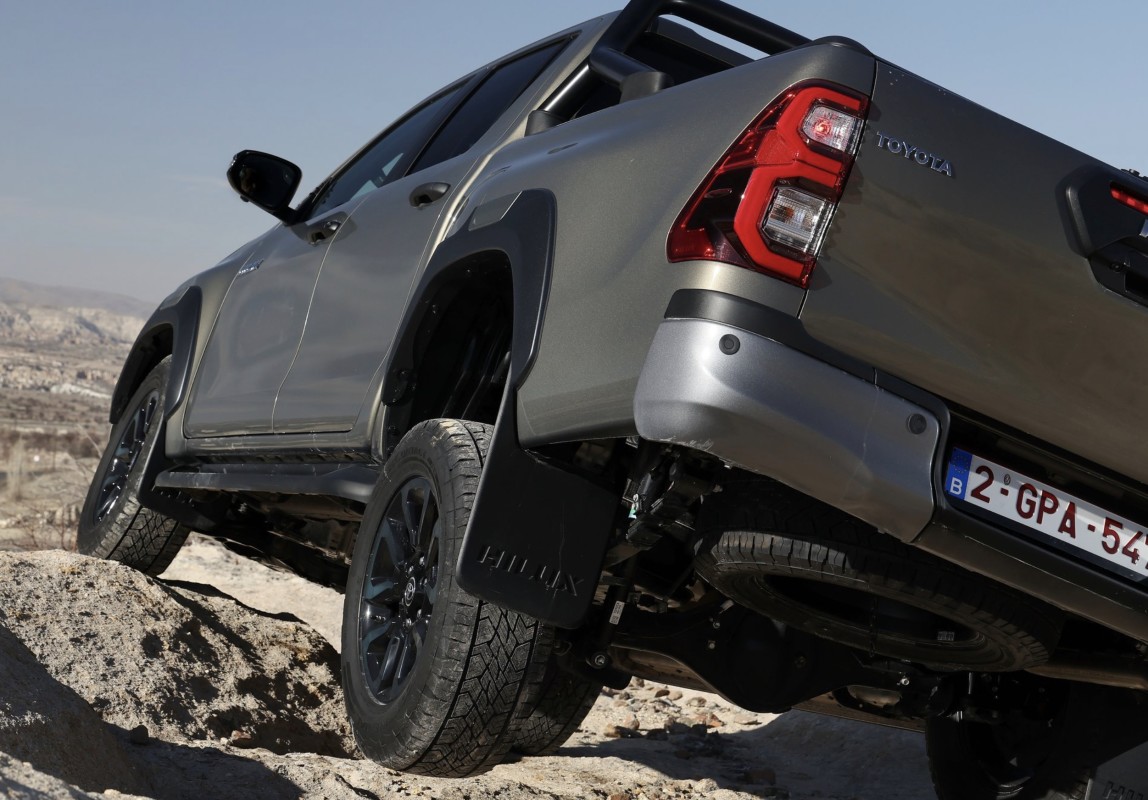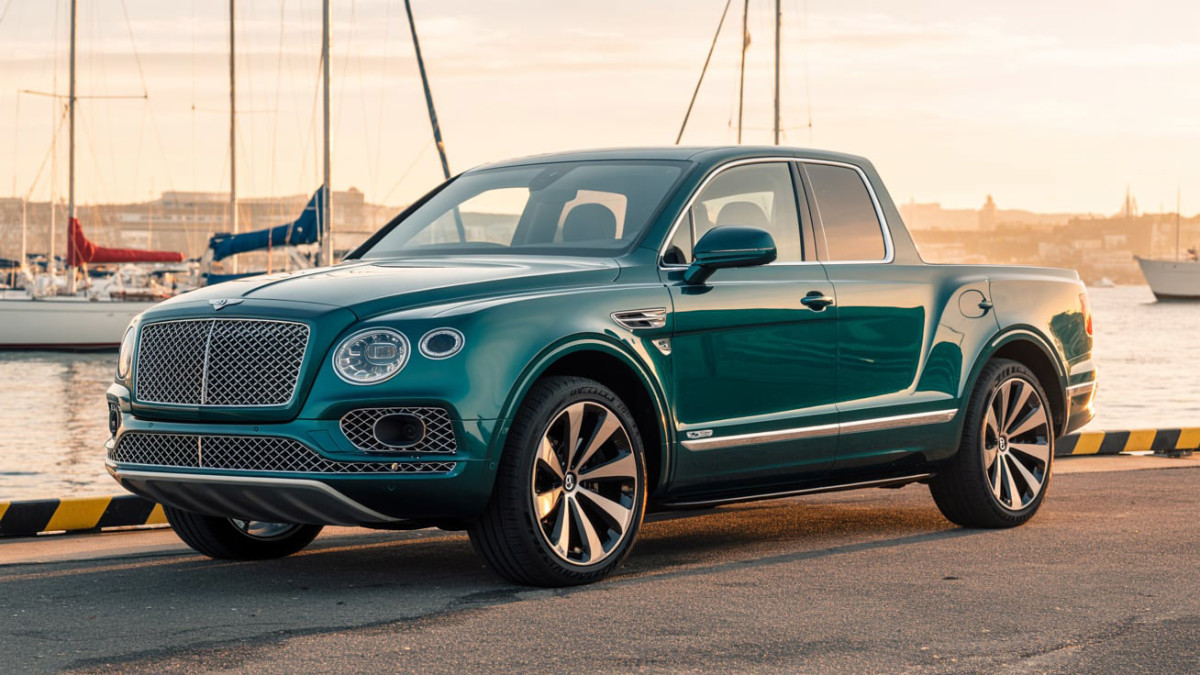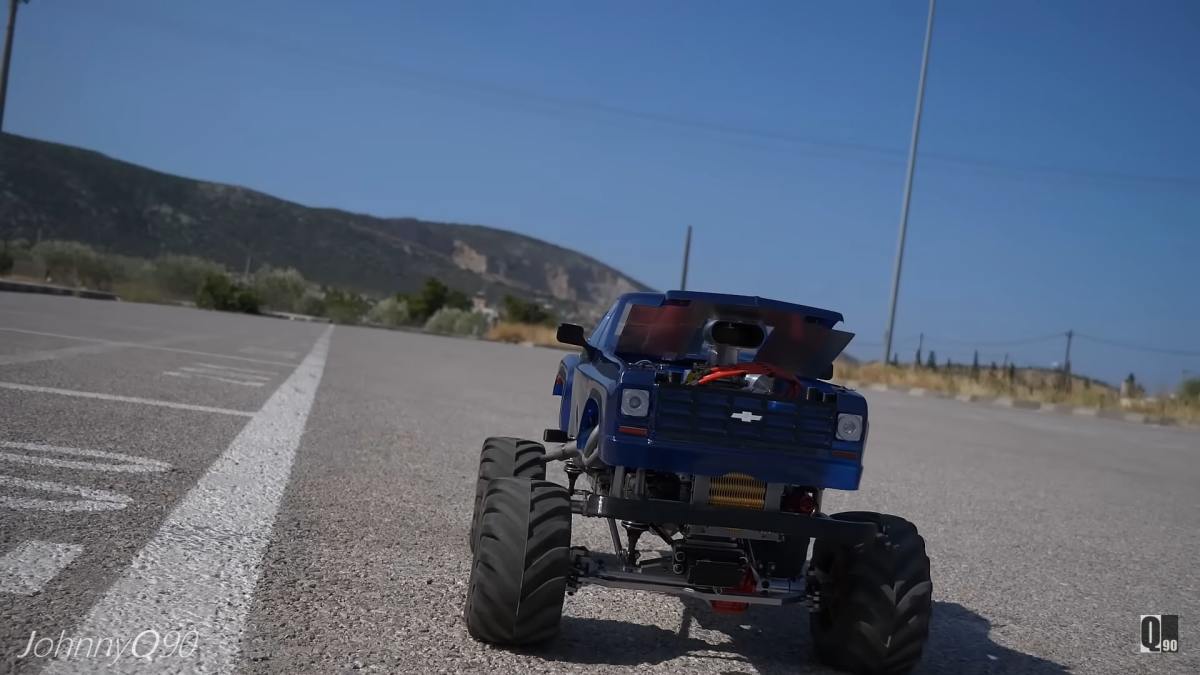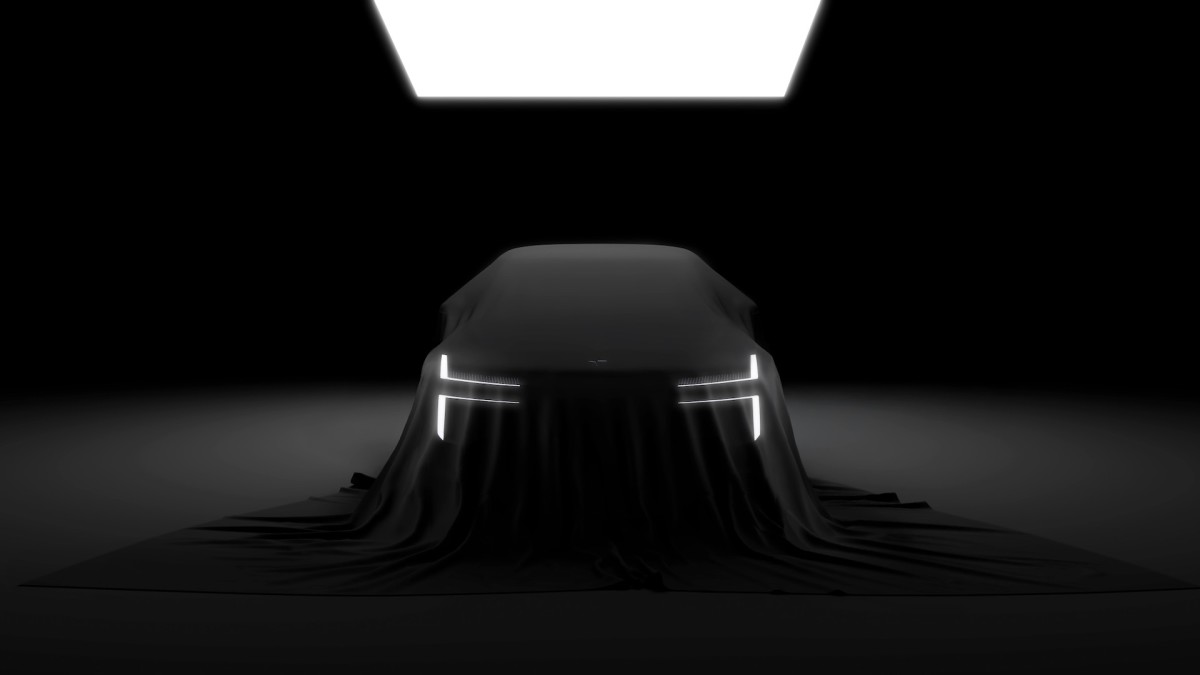Federal Credit Ends, but Tesla Finds a Way to Cash In Anyway
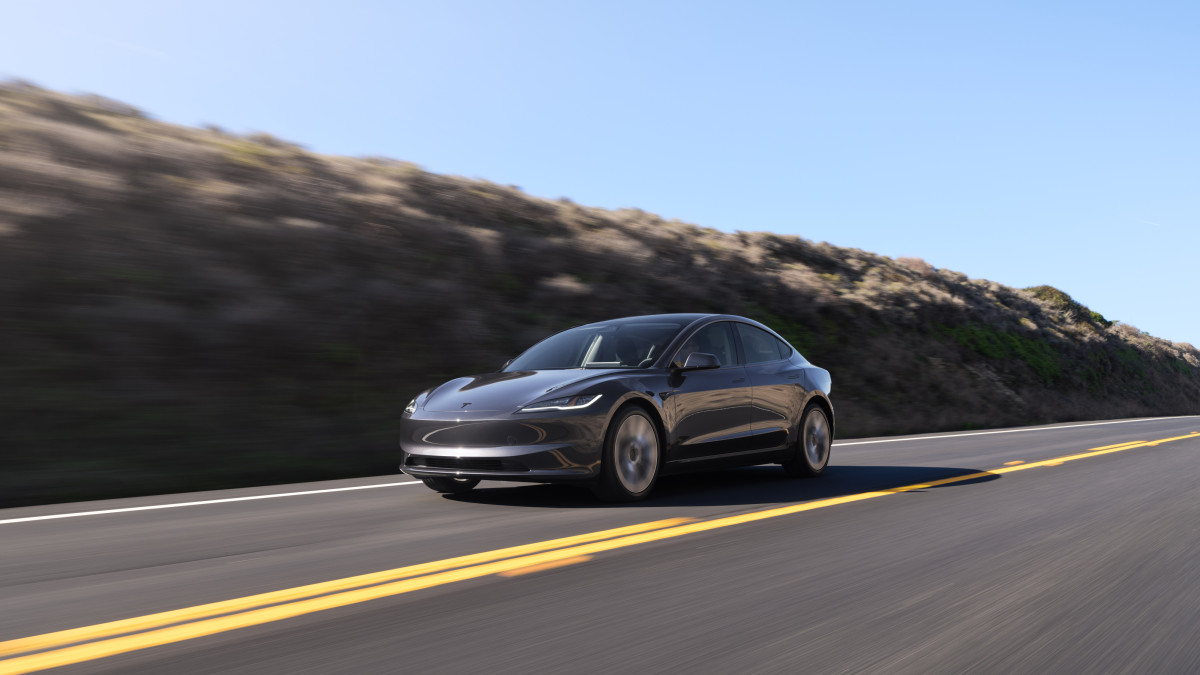
Tesla buyers in Texas just caught a break. Following the end of the federal $7,500 EV tax credit in September, a new state-level incentive program has launched that helps offset the loss, and Tesla is among its biggest beneficiaries.
The Light-Duty Motor Vehicle Purchase or Lease Incentive Program (LDPLIP) went live on October 13, 2025, offering up to $2,500 for eligible EV or hydrogen vehicle purchases or leases. Tesla confirmed that its full lineup, including the Model 3, Model Y, Model S, Model X, and Cybertruck, qualifies under the Texas program. To receive the grant, vehicles must be registered and titled in Texas and kept in-state for at least one year.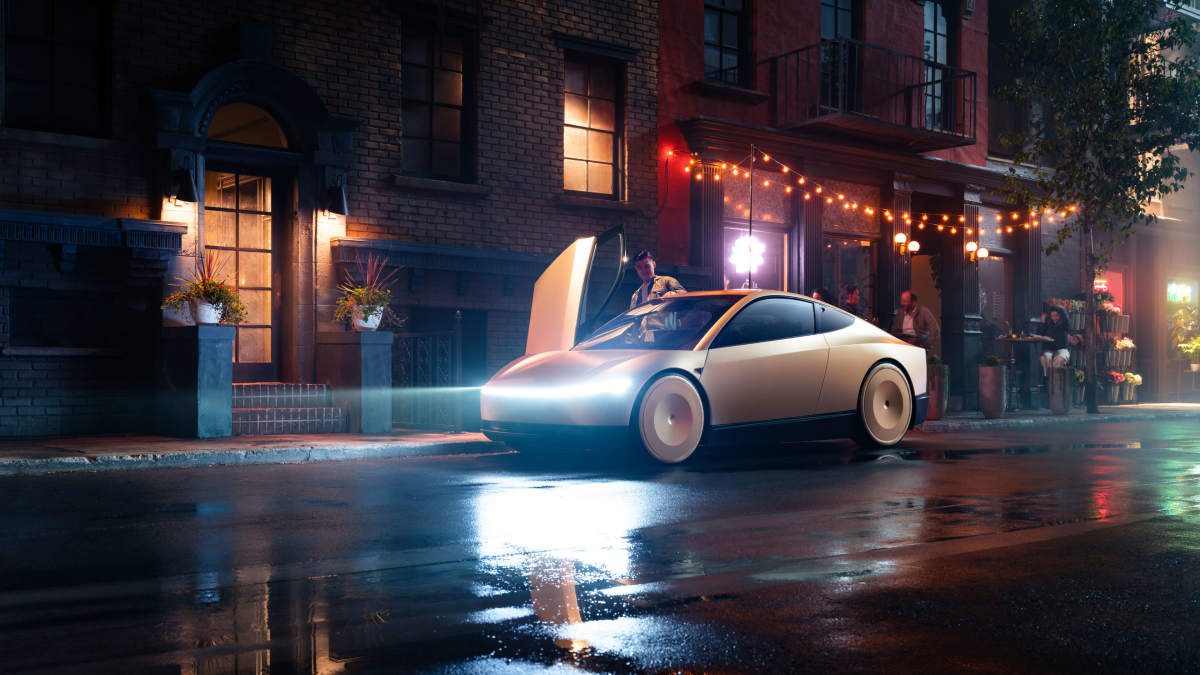
Strategic Timing for Tesla’s Lineup
The Texas incentive comes as Tesla refreshes its broader product offering. The company recently introduced new lease incentives for its entry-level sedan, keeping its most affordable EV competitive just as federal subsidies vanish.
Meanwhile, attention is shifting toward Tesla’s future models. A year after its low-profile debut, the company’s autonomous Cybercab project has reportedly made significant progress. According to a Tesla engineer the fully autonomous two-seater has seen major performance and design upgrades. State-level incentives like Texas’s could make vehicles like the Cybercab more accessible when production begins.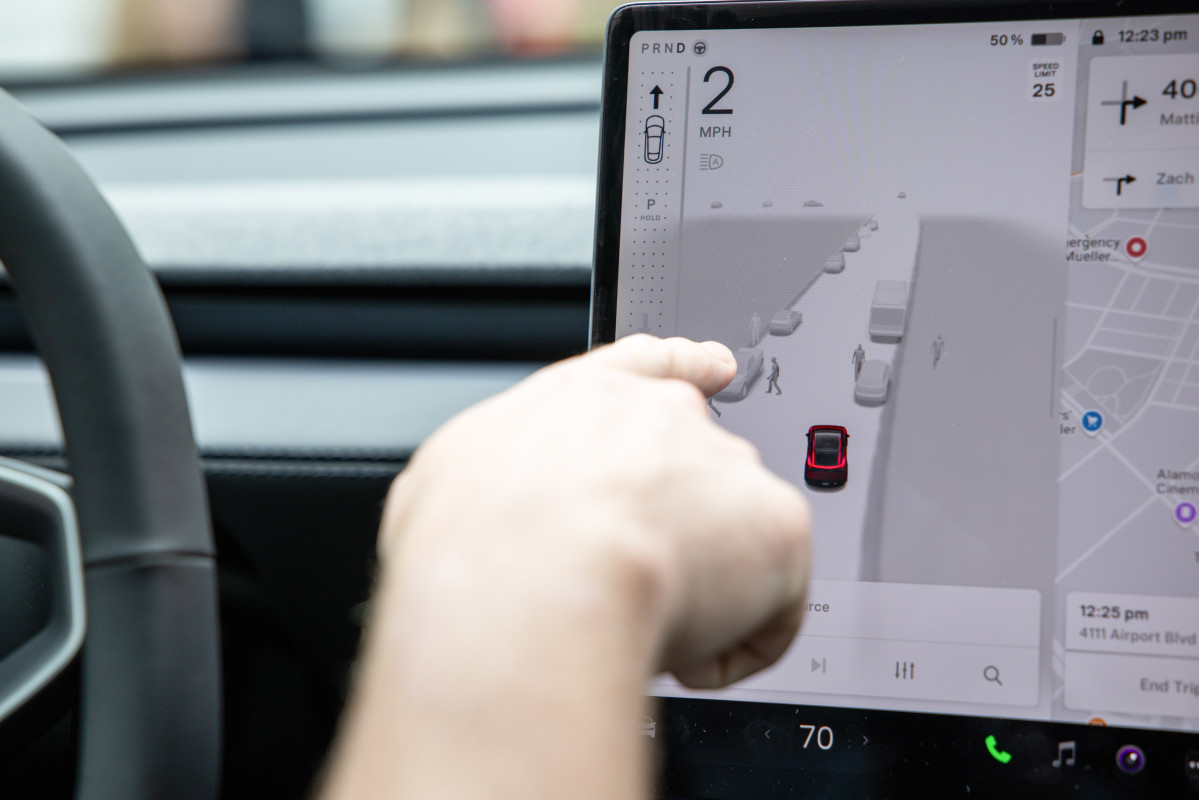
Balancing Innovation With Controversy
Even as Tesla benefits from new incentives, it continues to face regulatory scrutiny. The company’s Full Self-Driving (FSD) system remains under investigation for safety concerns affecting millions of vehicles. A recent software update reignited debate over how autonomous Tesla’s technology really is.
Still, Tesla’s ability to navigate these challenges while maintaining market dominance is striking. The combination of state incentives, strategic lease deals, and consistent public visibility keeps its products in the spotlight even as competitors struggle with price pressures.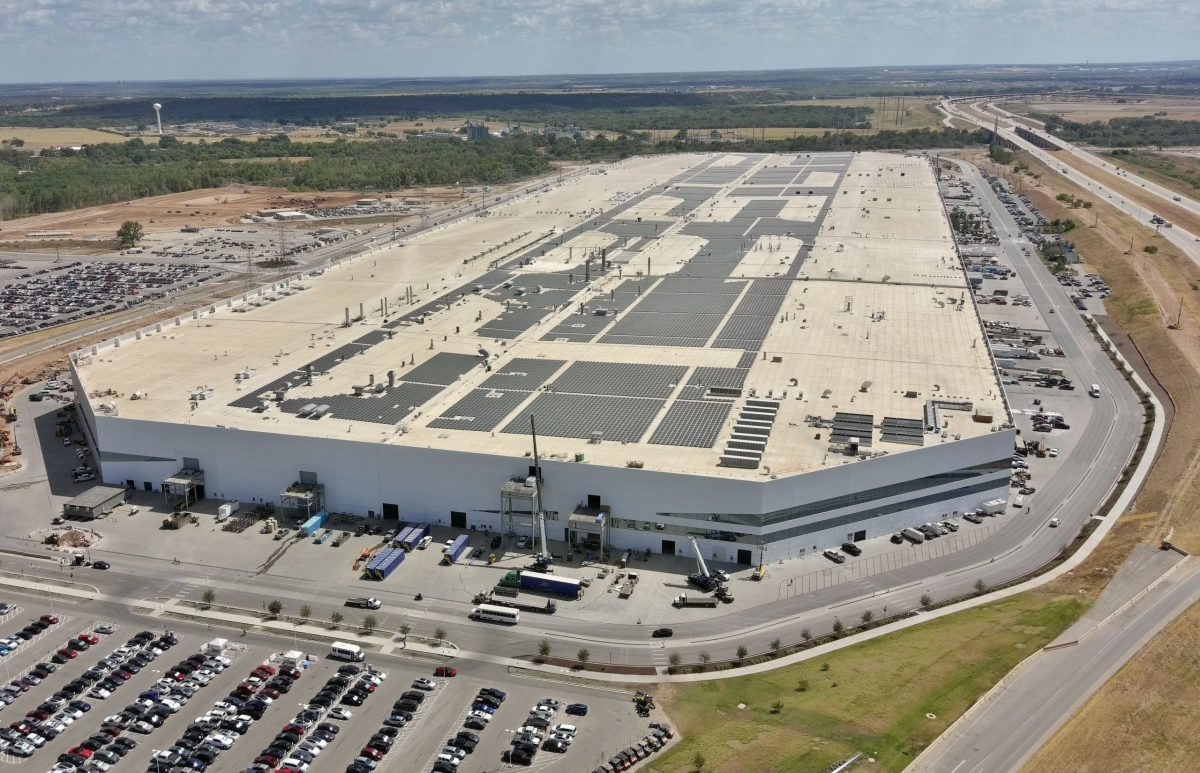
Why It Matters
The Texas incentive highlights a new phase in the U.S. EV market, one where state-level programs, not federal credits, may decide which brands maintain sales momentum. For Tesla, which already leads in infrastructure and name recognition, the advantage is clear, that more buyers can stay in the ecosystem without waiting for Washington to act.
At the same time, Tesla’s expanding focus on autonomous vehicles, energy storage, and advanced battery technology suggests the company is already thinking well beyond short-term subsidies. Musk’s strategy appears less about chasing fleeting incentives and more about building the long-term ecosystem that keeps Tesla at the center of future mobility. In Texas and elsewhere, the formula remains familiar, a calculated blend of bold innovation, aggressive pricing, and uncanny timing that always seems to land just right, leaving rivals scrambling to keep pace.
What's Your Reaction?
 Like
0
Like
0
 Dislike
0
Dislike
0
 Love
0
Love
0
 Funny
0
Funny
0
 Angry
0
Angry
0
 Sad
0
Sad
0
 Wow
0
Wow
0


